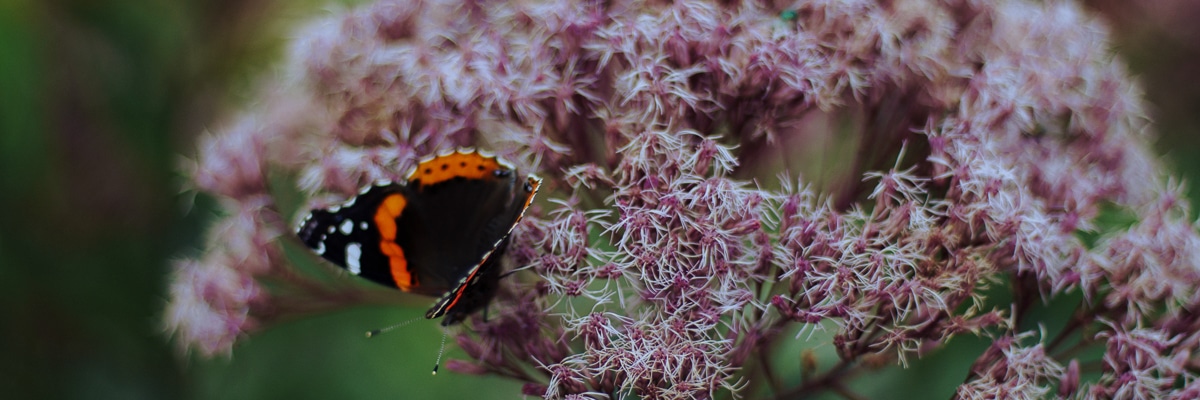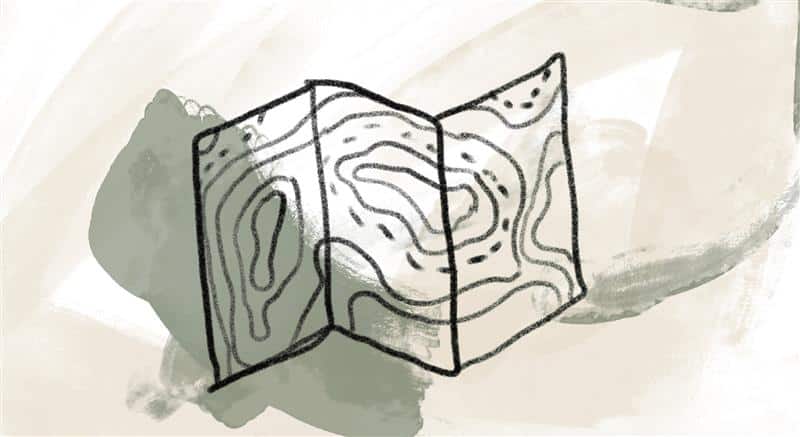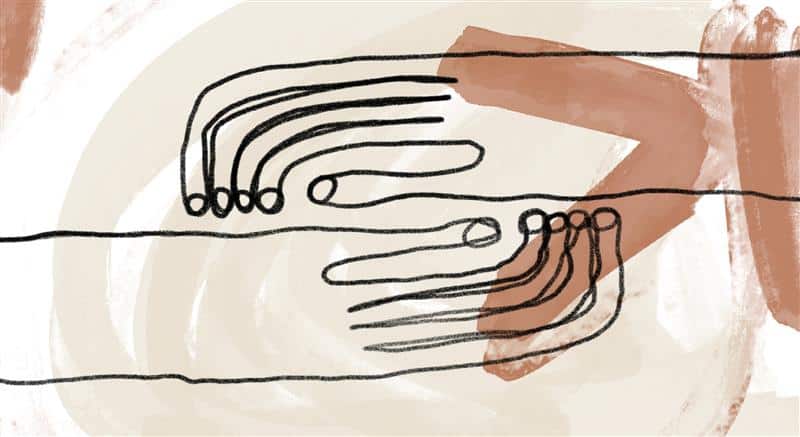
David Denny and Tessa Bielecki direct the Desert Foundation, an informal circle of friends who share a love for desert land, people, and spirituality. Bielecki shares how she fell in love with the spaciousness of the desert:
I grew up in New England, a countryside of lush green hills, singing streams, and verdant forests of oak and maple. In springtime I picked bouquets of wildflowers and in summer romped through the tall grasses full of daisies. When the trees turned crimson and gold in autumn, I gathered bundles of leaves and pressed them between the pages of my beloved books. In winter I built bonfires, skated on the ponds and went tobogganing down the steep hills.…
I first saw the vast magnificent desert of the American Southwest in 1966 and have lived there since 1967. It was love at first sight, the most dramatic epiphany of my life. It felt like coming home—to myself. I recognized the outer landscape as a mirror of my inner soulscape.
The desert is the homeland of my heart. I don’t find it barren as many do. I find the desert spacious, a perfect embodiment of what my Buddhist friends mean by sunyata, infinite spaciousness. My spiritual path is cultivating a heart as spacious as the desert: wide open to every direction of the compass, wide open to every creature that walks, flies, or crawls through it, wide open to every change in the weather: darkness and light, sun and rain, aridity and dew, heat, cold, and wind.
St. Teresa [of Ávila], who grew to become my best friend, called the human soul an interior castle. “Let’s not imagine that we are hollow inside,” [1] she wrote. “The soul is capable of much more than we can imagine.” [2] This infinite and noble spaciousness is what I learn from the desert. [3]
For Denny, the desert is not “deserted”; it can lead to peacemaking and a fullness of life.
Peacemaking happens best when we develop a way of life that includes an understanding of desert spirituality. That is, in addition to being geography and spirit, the desert, as I’m fond of saying, has traditionally fostered hospitality, respect, and dialogue with the stranger. This spirit arises from various aspects of the “desert”: a freely chosen dedication to humility, interfaith dialogue, and simple, ecologically sustainable living….
For many people, the desert is a place to avoid, a place of banishment or grief, or simply useless and vacant. In English, when we say that a place is “deserted,” we usually mean that we find nothing significant there. But the Arabic verb ashara means to enter the desert willingly, for there, according to The Sacred Desert by David Jasper, “If one knows where to look, there are springs and wells of water and places of life.” [4] That’s why Isaiah 35:1 so aptly describes the heart of the universal desert experience: The desert and the dry land will be glad; the wilderness will rejoice and blossom. [5]
References:
[1] Teresa, The Way of Perfection 28.10. See The Collected Works of St. Teresa of Avila, vol. 2, trans, Kieran Kavanaugh, Otilio Rodriguez (Washington, DC: ICS Publications, 1980), 144.
[2] Teresa, The Interior Castle 1:2.8. See Collected Works, vol. 2, 291.
[3] Tessa Bielecki and David Denny, Desert Voices: The Edge Effect (Crestone, CO: Sand and Sky Publishing, 2016), 6–7.
[4] David Jasper, introduction to The Sacred Desert: Religion, Literature, Art, and Culture (Malden, MA: Blackwell Publishing, 2004), 3.
[5] Bielecki and Denny, Desert Voices, 3, 4–5.
Image credit and inspiration: Benjamin Yazza, Untitled (detail), New Mexico, 2023, photo, used with permission. Click here to enlarge image. Awe is as close as the way a butterfly alights on a flower in the yard outside.
Story from Our Community:
I find peace in sitting in my “garden room” during my prayer time. Sometimes I get distracted by watching and interacting with nature. If I’m very quiet, I get all kinds of visitors. The chipmunks are the most inquisitive and will come quite close. During wintertime, I enjoy my prayer time surrounded by indoor plants. These days, I never worry about getting distracted from my prayer or stillness practice. I feel these encounters with other living things are opportunities from God to rest in the beauty of Creation and restore my soul. —Mary Margaret G.




